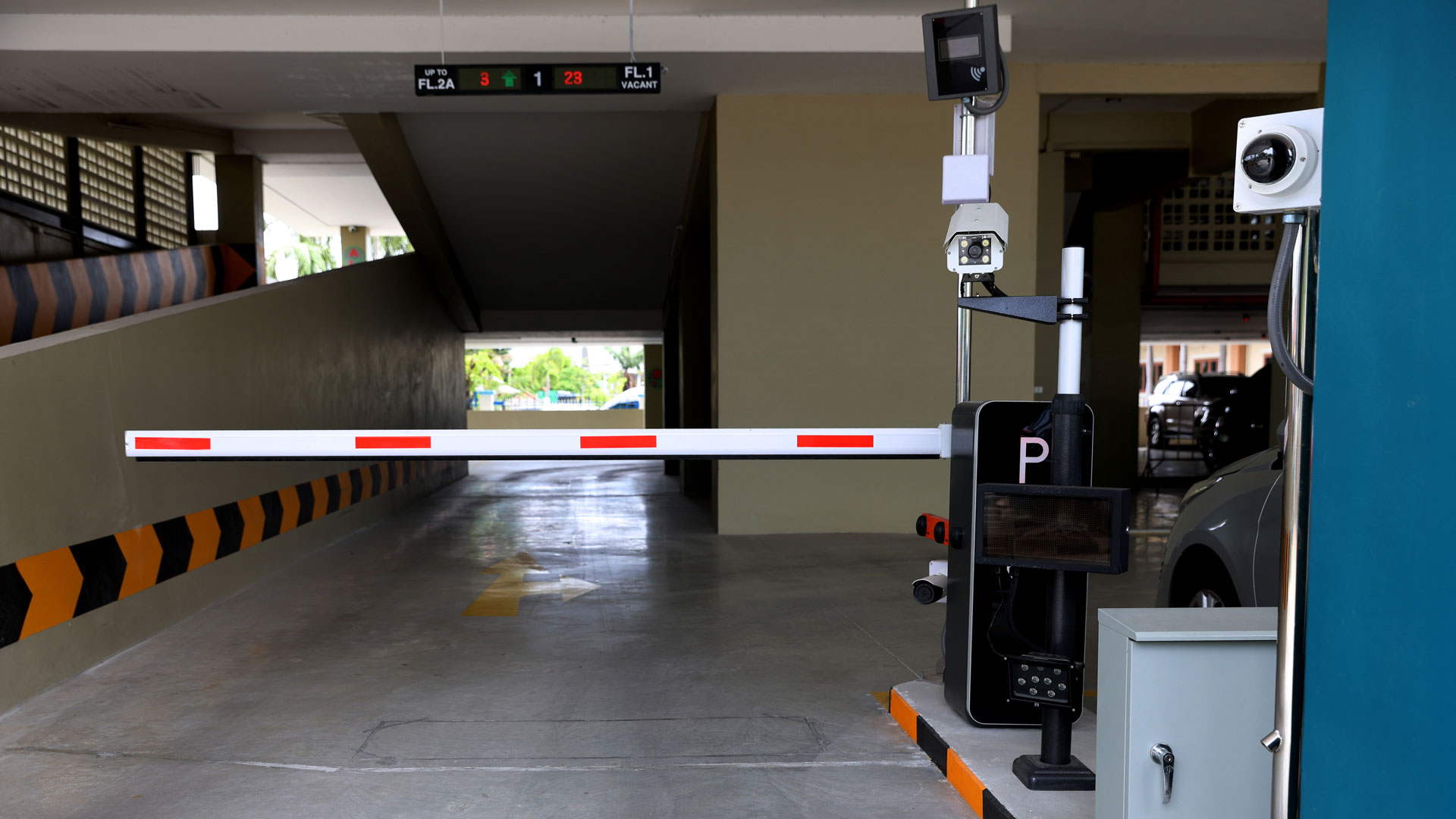
Understanding Request to Exit (REX) Sensors in Multifamily Buildings
Why This Small Low Voltage Detail Has Big Implications for Safety, Security, and System Longevity
In the world of building technology, it’s often the smallest details that make the biggest impact. At WhiteSpace, we specialize in designing and commissioning low voltage systems for multifamily and commercial real estate, and one issue we frequently catch during our site walks is the misuse of Request to Exit (REX) sensors.
You’ve probably passed one dozens of times without noticing it. But get it wrong, and you could be creating costly security vulnerabilities, unnecessary hardware failure, and confusing alerts that frustrate your property team.
So let’s break it down…
What Is a Request to Exit (REX) Sensor?
A Request to Exit (REX) is a motion sensor, usually infrared, that detects when someone is trying to leave a secured area. When triggered, it communicates with the access control system to do one of two things:
- Unlock the door (if required, like with magnetic locks)
- Log the exit event (for doors that can be opened freely)
Why REX Configuration Matters
Here’s where things often go sideways.
In certain types of locking hardware (like maglocks) a REX is required by code to safely release the door. The REX sends a signal that cuts power to the magnet, allowing the door to open. Without it, the door remains locked, which is a life safety issue.
But for doors using electric strikes, lever sets, or latch retraction hardware, the door is designed to open mechanically from the inside. The REX doesn’t need to unlock the door, it only needs to log the exit so the access control system doesn’t think it’s a forced entry.
Unfortunately, we often see systems have been misconfigured to treat all doors the same way.
The Real Impact of Misconfigured REX Sensors
REX sensors may seem like a minor piece of your building’s infrastructure, but when misconfigured, they can quietly erode safety, security, and system performance.
- Compromised Security
Misused REX sensors can unintentionally unlock perimeter or amenity doors, creating vulnerabilities that bad actors can exploit. - False Alarms and Noise Fatigue
When a door opens without a proper REX trigger, your system flags it as a forced entry, even when it’s not. That leads to alarm fatigue, ignored alerts, and missed real threats. - Increased Wear and Tear
Triggering hardware to release when it doesn’t need to accelerates the breakdown of expensive locking components, driving up maintenance and replacement costs. - Operational Inefficiency
Each misfire adds noise to your access control data and confuses your staff. You lose the ability to rely on your system for accurate event tracking, reporting, and response.
A poorly configured REX wastes money, undermines trust, and weakens the very systems designed to protect your building.
An Example from a Recent Site Visit
While Senior Project Manager Billy Mustard was onsite for a client, he noticed a REX sensor was installed on a perimeter door that residents use when exiting the building. Every time someone approached the door, the sensor triggered an unlock. Not only was that unnecessary, it created a security risk, allowing an opportunity for an unauthorized person to enter the building.
Billy was able to solve for this immediately while on site.
WhiteSpace Best Practice on REX
Let’s simplify it:
- Person approaches the door from the inside
→ Motion is detected by the REX - Signal is sent to the access control system
→ “Someone is exiting: this is expected” - If it’s a maglock, power is cut and the door unlocks
→ Door opens safely - If it’s a different lock type, the door just opens mechanically
→ Exit is logged, and no alarm is triggered - Door re-locks after closing
At WhiteSpace, we don’t just install low voltage systems: we commission them. That means we test every door in a building to ensure it behaves exactly as it should.
Request to Exit sensors are a perfect example of how smart, detail-oriented design can prevent long-term issues in multifamily buildings. WhiteSpace makes sure the technology you invest in performs at its best, because missteps, even small ones, can create big consequences.
Have questions about your REX configurations? We’d be happy to walk your site and ensure your access control is set up for both security and longevity. Let’s talk.
Recent blogs
4 Trends Reshaping Electronic Security (and Why They Matter to Owners)
The electronic security landscape is evolving fast, and if you haven’t looked closely in a while, you might be surprised by what’s changed. From cloud-based systems to smarter cameras, the next generation of access control and surveillance technology isn’t just more powerful – it’s more connected, efficient, and operationally intelligent. […]
Late-Stage Assistance: Turning Challenges into Wins
When most people think about engaging an owner’s representative for low voltage, they picture a long, steady partnership, years of planning, design, and coordination from day one. And that’s true for many of our projects. But sometimes, WhiteSpace gets called in late in the game. That’s exactly what happened on […]


